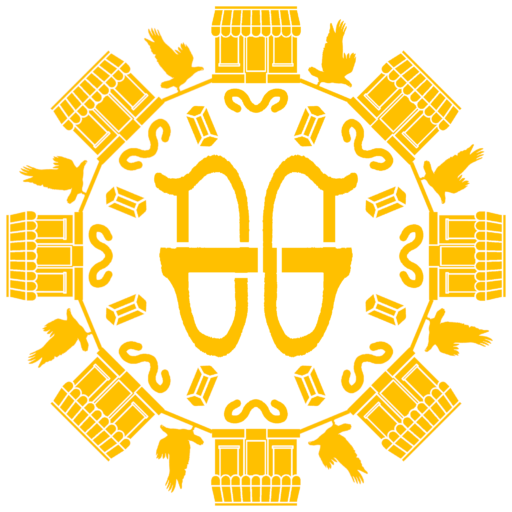To begin my experiment with Angelina Trevena\’s worldbuilding guide, I decided to create the world of Rkespiwa [uhr-kehs-pee-waw] which takes place in science-fantasy genre. Because I picked a specific genre, Trevena then explains in the first day how to provide the basic components of the genre into the world.
In the case of Rkespiwa, it would obviously combine science and fantasy. I always interpreted the distinction as science being related to physical phenomenon, whereas fantasy is more based on the psychological and archetypal. Of course, a more grounded distinction was made by M. D. Presley, who also writes worldbuilding guides. Presley\’s research found that fantasy focuses more history, religion, and mythology, while science focused more on technology and physics. This does back up my theory of the distinction, so I will rely on Presley\’s research.
In the case of Rkespiwa, the fantasy element will include:
- Rkespiwa Humans Have Subtle Traces Of Eel-And-Turkey Features
- Usage Of Dreams To Ignite Fire And Electricity
- Usage Of Nervous System To Solidify Mudbricks
Science elements (specifically solarpunk) include:
- Artificial River Creation
- 3D Printing Of Coral Beds
- Presence Of Opabinia
- Puzzle Piece World (in the same vein as Isaac Arthur\’s theory of the discworld)
Sources
- Arthur, Isaac. \”Megastructures: Flat Earths.\” YouTube. 2018.
- \”Megastructures 06: Discworlds.\” YouTube. 2016.
- Briggs, Derek EG. \”Extraordinary fossils reveal the nature of Cambrian life: a commentary on Whittington (1975)‘The enigmatic animal Opabinia regalis, Middle Cambrian, Burgess Shale, British Columbia’.\” Philosophical Transactions of the Royal Society B: Biological Sciences 370.1666 (2015).
- Presley, M. D. \”Fantasy Worldbuilding Survey Results.\” M. D. Presley.
- Trevena, Angelina. \”30 Days Of Worldbuilding: An Author\’s Step-By-Step Guide To Building.\” Angelina Trevena. 2019.
